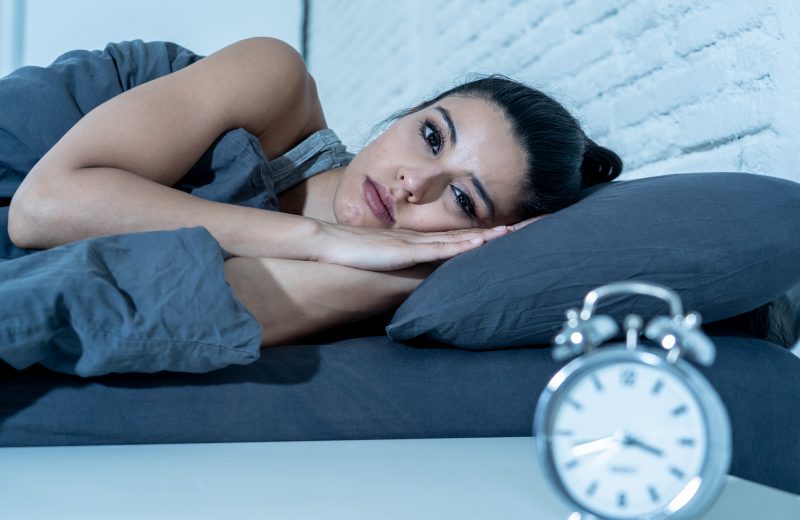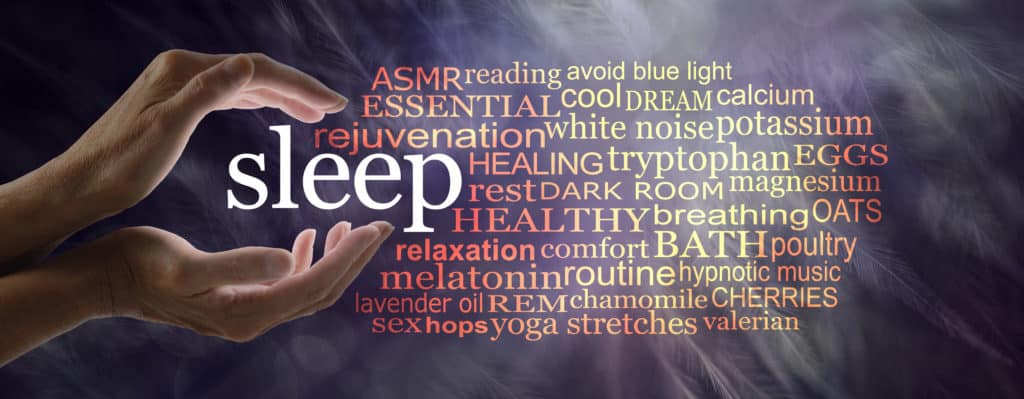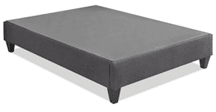
From daisies to bumble bees, from oak trees to humans–with only a few exceptions, ALL living organisms on the planet have a circadian biological clock (internal clock).
The rising and setting of the sun, or the light-dark cycle, is the dictator of circadian rhythms. A circadian rhythm is the internal biological system within all living things that responds to the light-dark cycle of the sun. In humans, our circadian rhythm, also commonly known as our “body clock”, regulates when we feel most alert and when we feel sleepy over a 24-hour period. This complex timekeeper synchronizes with sunrise and sunset a series of functions throughout the body that manage our sleep patterns.
The ebb and flow of our biological body clock can vary between individuals, which is why some people consider themselves a “morning person” while others a “night owl”.
The circadian rhythm also dips in the afternoon between 1:00-3:00 pm, which can make us feel tired after lunch. But the strength of that drive to sleep is dependent on whether a person is getting restoring sleep at night or they are they are sleep deprived.
Melatonin, which is regulated by our circadian rhythm, is sometimes called the “Dracula of hormones” – it only comes out in the dark.
Melatonin is a natural hormone made by your body’s pineal gland that helps the body to fall asleep at night. During the day, this gland is inactive, held off by the daylight sending signals to the brain. As light is received through the optic nerve of the eye, this triggers messages that travel along a nerve pathway reaching the Suprachiasmatic Nucleus (SCN), the part of the brain that controls our circadian biological clock. The SCN is a center of cells that send signals to other parts of the brain where our sleep cycle is controlled.

More specifically, exposure to the sun’s light sends signals that tell our body to suspend the production of melatonin, and release stimulating hormones, such as cortisol. When darkness sets in in the evening, another set of instructions are sent out telling our body to lower its body temperature and activate the pineal gland whereby melatonin is released into the blood.
Lower body temperature and elevated levels of melatonin in the bloodstream initiates the desire to fall asleep and stay asleep long enough for the body to restore itself.
Sleep science has been able to pinpoint the mechanism of melatonin with fairly good precision. The normal baseline of a healthy circadian rhythm begins releasing melatonin into the bloodstream usually around 9 pm and will become elevated in the blood for about 12 hours. By around 9 am, these levels have dropped back down to a barely traceable level and the body reverts to wakefulness.
While there is predictability in the sun rising and setting, our circadian biological rhythms vary from one person to the next. Listen to your own body–notice when you feel the most alert during the day and when you feel tired.
Sophisticated research establishes that our circadian rhythm is a built-in template, but its optimal performance is not just a given. Lifestyle habits interact with all of our bodily systems and play a part in sleep quality.
The emphasis on light exposure is the primary external cue that we need to pay attention to and we do have some control over it. When looking at tips for helping your circadian biological clock, pay attention to how your lifestyle might include exposure to artificial light at night, such as flatscreen televisions and using electronic devices, or, climate changes that reduce light exposure during the day. Additionally, time zone changes disrupt the circadian rhythm since the light-dark schedule is shifted and our body clock needs to modulate.
Try to navigate around light exposure in a way that works with your circadian rhythm’s baseline requirements.
For true restorative sleep to take place, we need to be sensitive to cues that can work against our body clock. Your sleep posture, eating habits, exercise habits, and other external cues all play a role in our internal clock.

Your circadian biological clock is most punctual with good sleep hygiene.
Your body’s natural functions that facilitate your circadian rhythm will be hindered if the brain is receiving strain or pain signals from your joints or spine.
A fundamental consideration for your sleep cycle is the influence of your mattress. It can directly interfere with the body’s ability to fall asleep and stay asleep.
Finding a proper mattress for your individual needs really necessitates testing out a variety of mattresses IN PERSON.
Mattress World Northwest has 16 different store locations in Oregon making it convenient to find a store nearest to you https://www.mattressworldnorthwest.com.
A live visit also offers the opportunity to consult with a sleep specialist to learn more about what’s important when choosing a mattress. Even your sleep position plays a role in what mattress will suit you best.
Mattress World Northwest’s inventory carries some of the most exclusive mattress brands, including: Sealy, Simmon’s Beautyrest, Stearns & Foster, Easy Rest, Aireloom, and Englander. Additionally, they also carry their very own private label, The Hathaway Collection, designed by Mattress World’s owner and sleep expert, Sean Hathaway. With such a wide selection, our customers are sure to find the best customized sleep solutions. Your body clock will thank you!
Sources:
« Sleep Paralysis: An Odd and Frightening Sleep Phenomena | To Nap or Not to Nap? »
While you can't go wrong with any of our mattresses, here are a few factors you'll want to consider before making a purchase: your sleep position (and if you have a partner, theirs as well), the size of the space, and a price point. If you have any questions, rest easy knowing that our team is happy to help you find that perfect fit.
| Size | Dimensions |
|---|---|
| Twin | 38″ wide x 75″ long x 9.25″ tall |
| Twin XL | 38″ wide x 80″ long x 9.25″ tall |
| Full | 54″ wide x 75″ long x 9.25″ tall |
| Queen | 60″ wide x 80″ long x 9.25″ tall |
| King | 76″ wide x 80″ long x 9.25″ tall |
| Cal King | 72″ wide x 84″ long x 9.25″ tall |
| Split King (2pk) | 38″ wide x 80″ long x 9.25″ tall |
Mattress World Northwest makes it easy to choose the right foundation for your space and lifestyle.



Reliable support for your boxspring and mattress.
